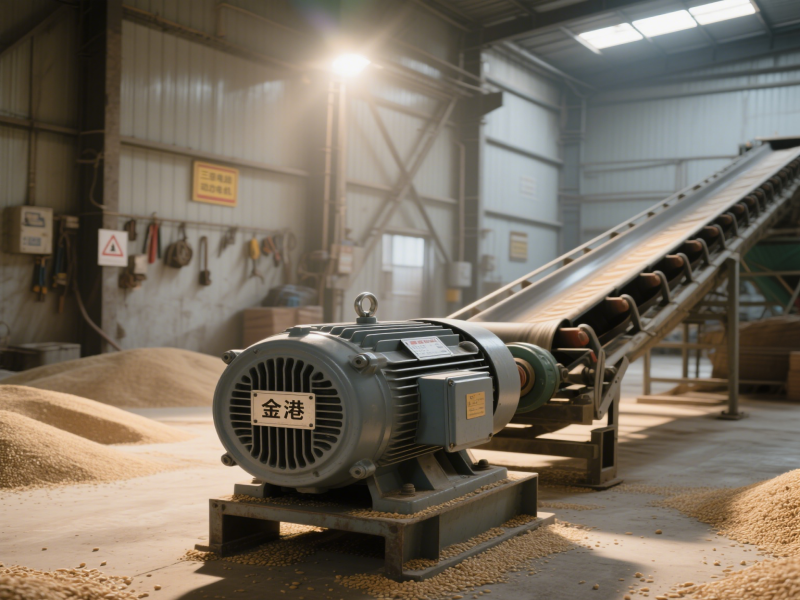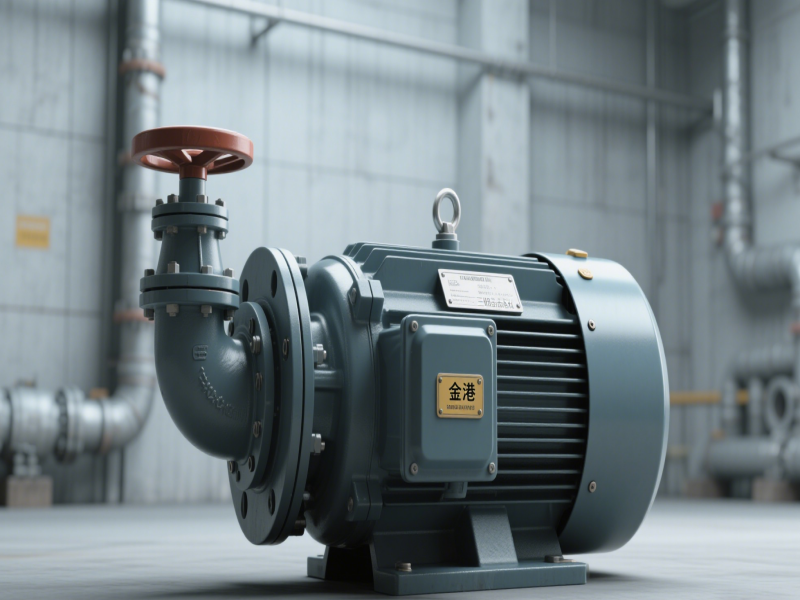The difference between three-phase pipeline pump motor and single-phase pipeline pump motor
The pipeline pump motor is the core component that drives the pipeline pump, and most of them are centrifugal pump motors. It is divided into three-phase and single-phase, with the characteristics of compact structure and convenient installation. It drives the impeller to transport liquid through the rotating magnetic field. It is widely used in water supply and drainage, HVAC and other fields.
1. Power supply type
Three-phase pipeline pump motor: uses a three-phase 380V power supply, composed of three phase lines, with a phase difference of 120°, to provide a stable rotating magnetic field.
Single-phase pipeline pump motor: uses a single-phase 220V power supply, requires additional capacitors or resistors to assist in starting, and the power supply connection is simple.
2. Structure and starting method
Three-phase pipeline pump motor: The stator winding directly generates a rotating magnetic field, no starting capacitor is required, the structure is simple, and the start is smooth.
Single-phase pipeline pump motor: requires phase windings and starting capacitors to generate a rotating magnetic field, the starting torque is small, and the electric ageing is easy and requires maintenance
3. Performance parameter
| Type | Three-phase pipeline pumps | Single-phase pipeline pump |
| Power range | Usually 0.75kW to hundreds of kilowatts, suitable for high-power scenarios. | Generally less than 3kW, commonly 0.12kW to 2.2kW, suitable for small power requirements. |
| Efficiency | High efficiency (usually more than 80%), low energy loss. | Low efficiency (usually 60%-75%), large capacitance and winding losses. |
| Output torque | High torque, suitable for high head and large flow conditions. | Small torque, suitable for low head, small and medium flow scenarios. |
| Overload capacity | Strong overload capacity, can withstand short-term load fluctuations. | Weak overload capacity, long-term overload can easily burn the motor. |




